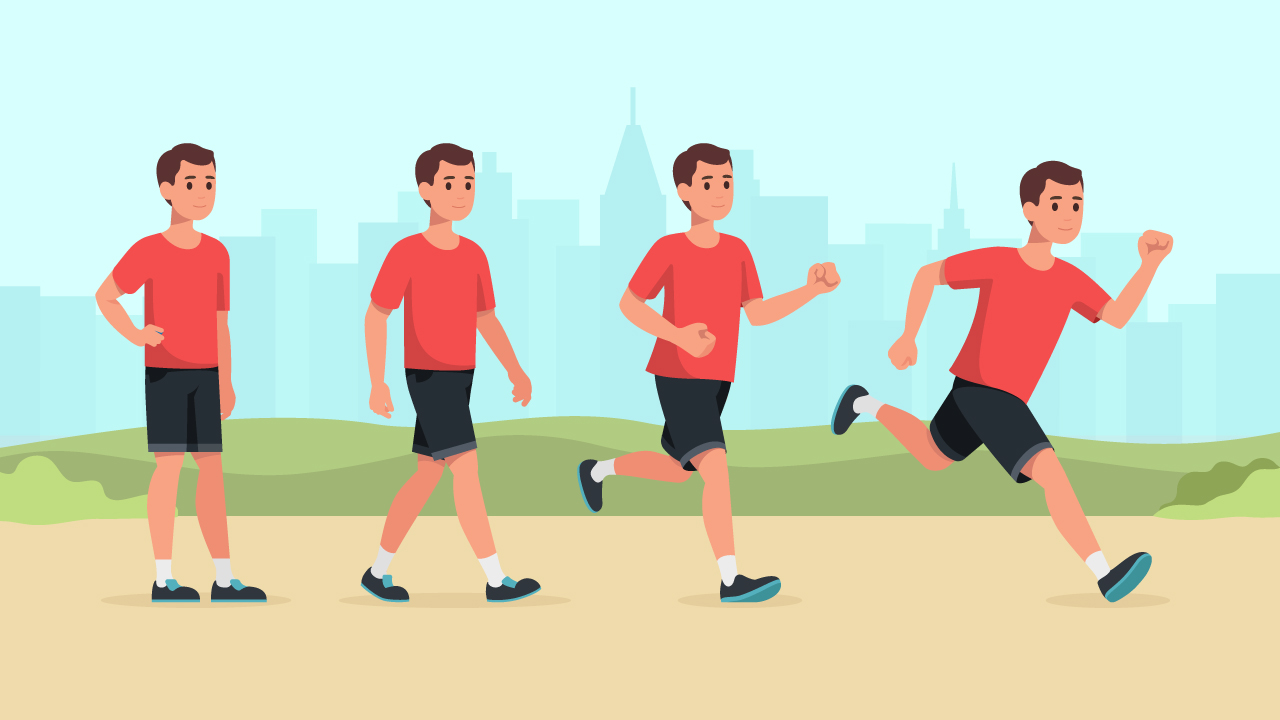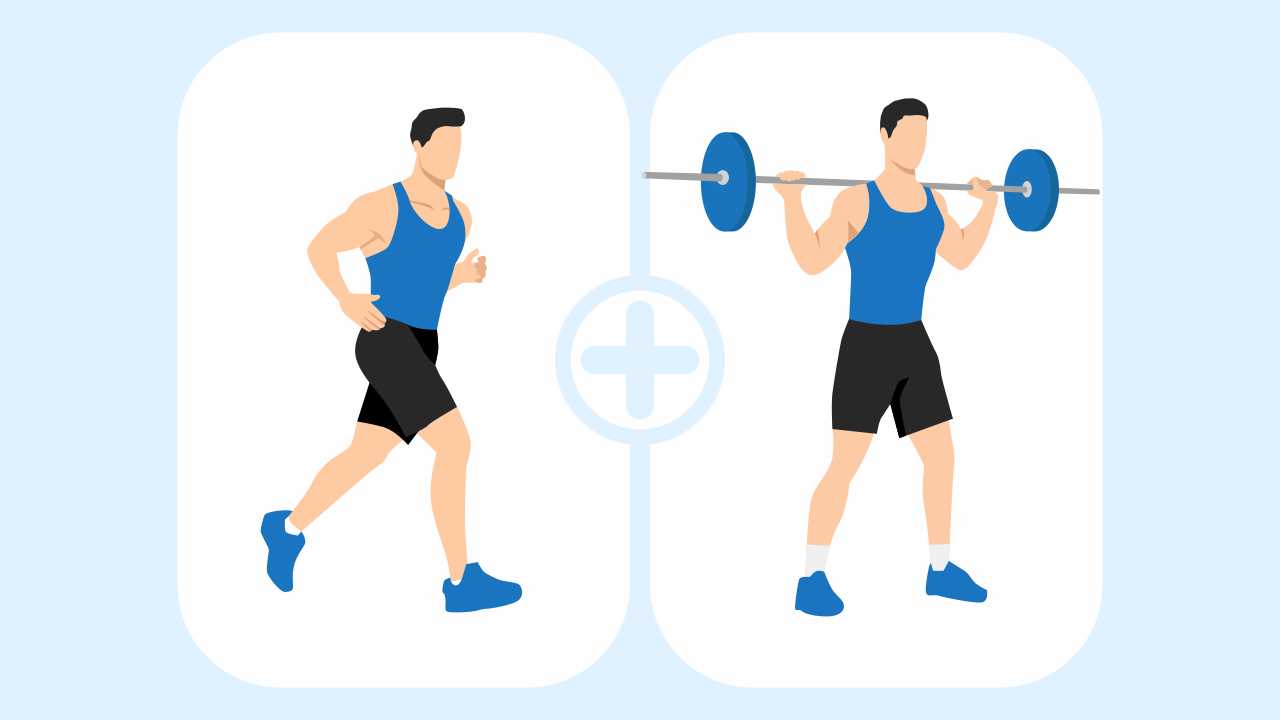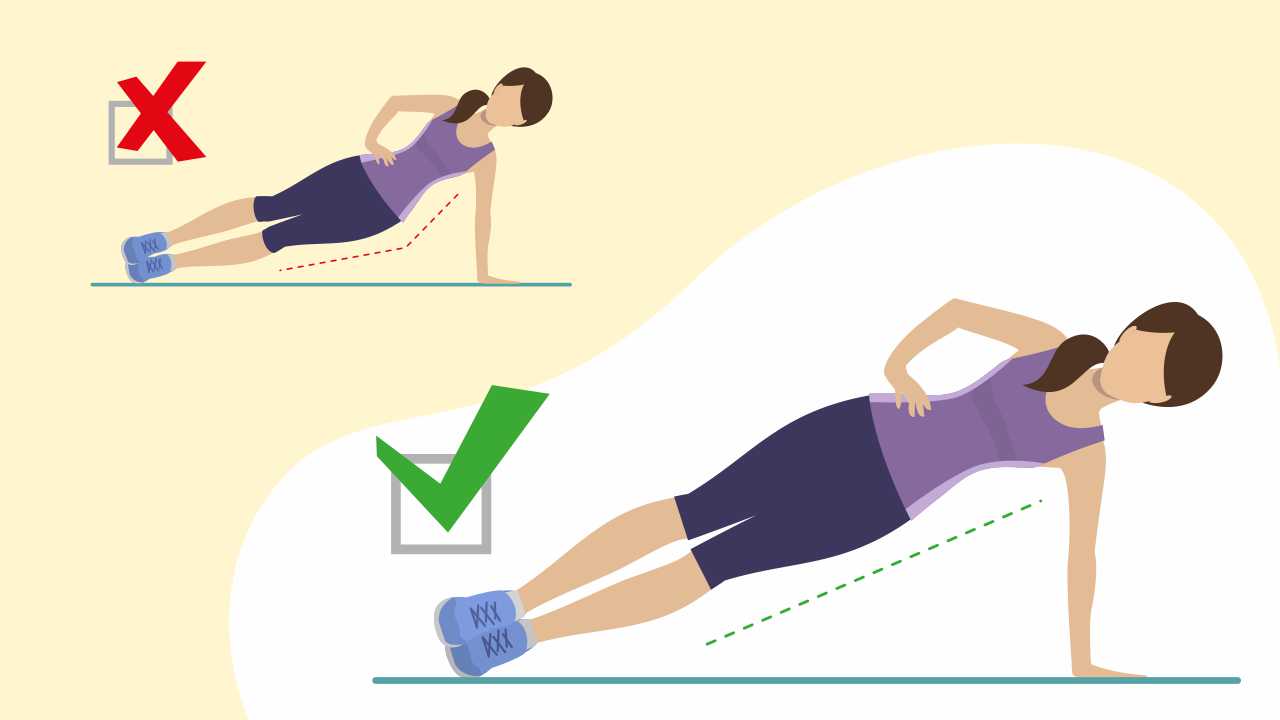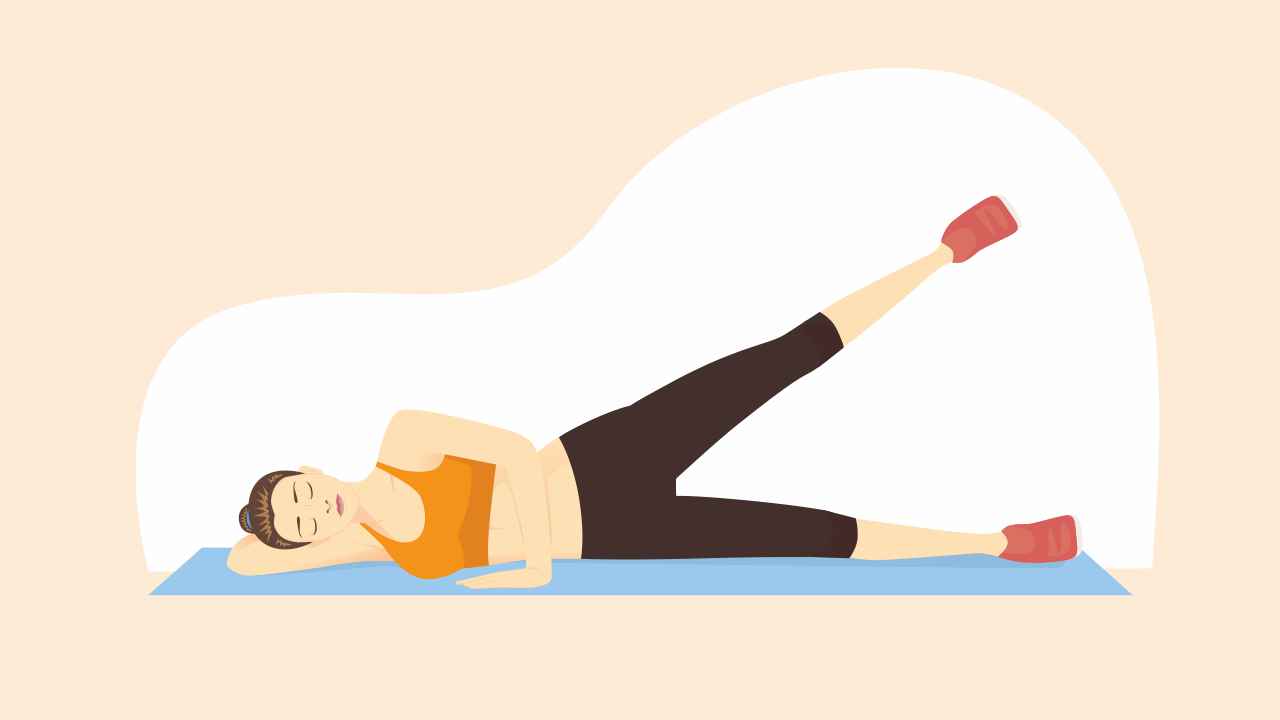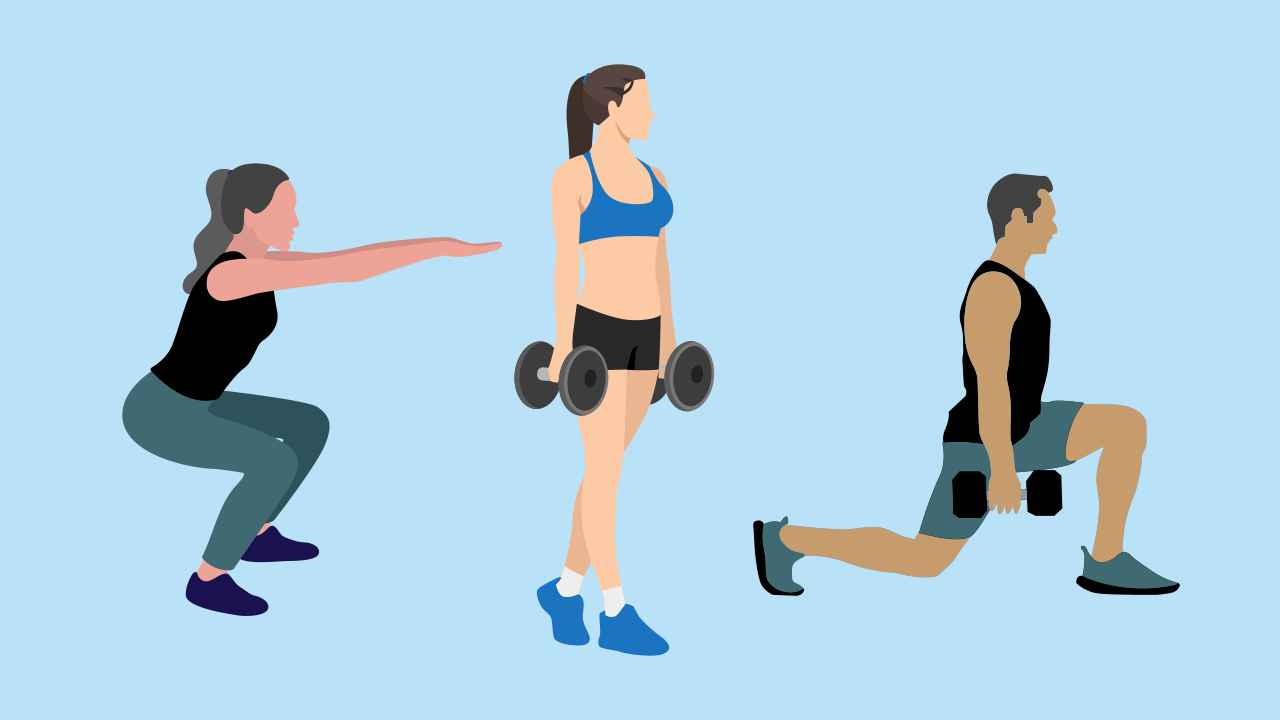
Physical Fitness: Components and Function
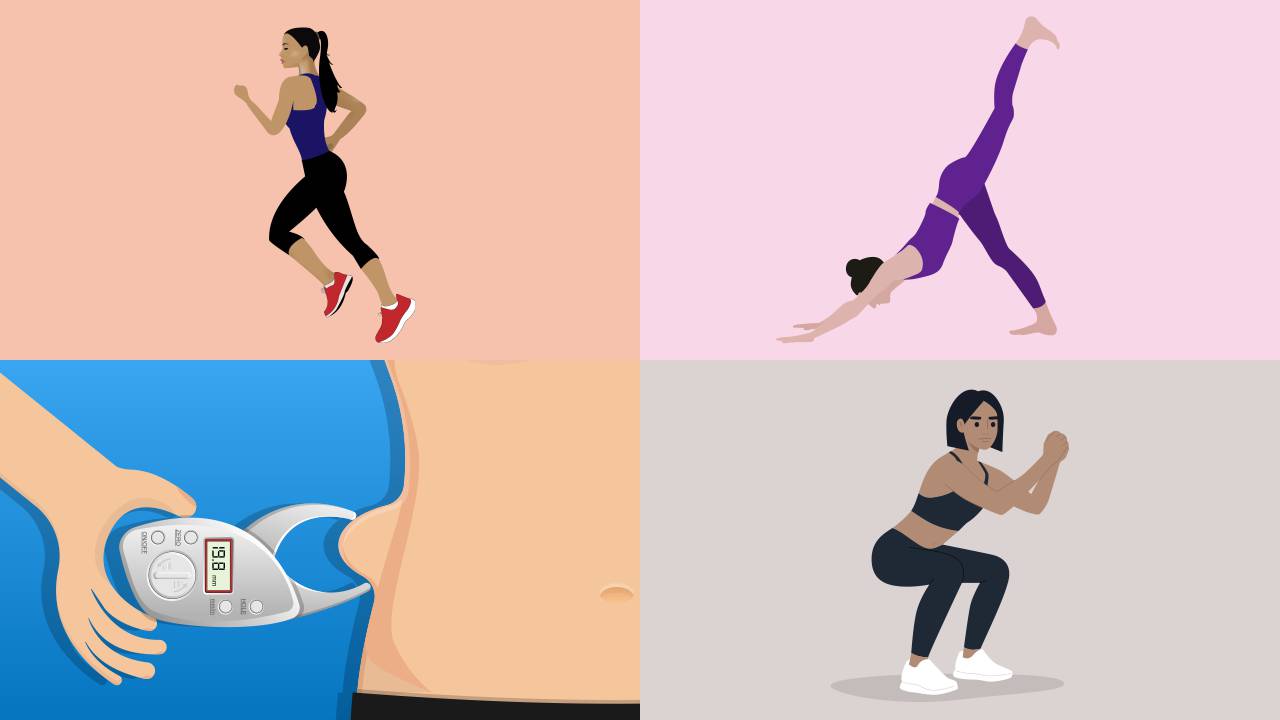
Fitness is almost always a word that trends. Most of us think of fitness as a means to flaunt the perfect chiseled body. Some run kilometers or lift heavy weights to stay fit. But what really is the definition of fitness?
What is physical fitness?
Physical fitness is the state of health and wellbeing, where you are physically capable of performing a specific task without any pain. Physical fitness is achieved through proper nutrition, physical exercises, and rest. It is determined by four main components:
- Cardio-respiratory endurance
- Muscle strength and muscle endurance
- Body flexibility
- Body composition
Let us understand each of these components in depth.
Cardio- respiratory endurance
Cardio-respiratory endurance refers to the ability of the heart and lungs to sustain an increased heart rate and breathing rate to support physical activity over a prolonged period of time. In simple terms, this means strengthening the heart muscles, so that it is capable of pumping blood to the organs and the muscles without the need for you to breathe heavily.
It is measured by maximum oxygen uptake (VO2 max). Higher oxygen uptake indicates that your cardio-respiratory system is functioning efficiently.
Cardiorespiratory endurance is an indication of health status to know whether or not you are at risk of developing a heart or lung disease
Some of the exercises that can improve your cardiovascular endurance are running and jumping in place, jumping jacks, standing side hops, squats, burpees, and activities like running, jogging, dancing, and swimming. It is recommended to spend about 150 minutes a week doing cardiovascular activities for heart health. These exercises should be of moderate intensity, ie, the intensity at which you are able to speak a full sentence while working out.
Muscular strength and endurance
Many times, muscular strength and muscular endurance are used interchangeably. They are inter-related but they mean different things.
Muscular strength is the ability of the muscles to move or lift heavy objects. It is a measure of the amount of force exerted on a weight in a particular period of time. While muscular endurance refers to the ability of a muscle to sustain the contractions repeatedly against a weight for a prolonged period of time. Both muscular strength and muscular endurance are important because they:
1. Enhance your ability to perform day to day activities, such as opening doors, lifting boxes, etc without getting tired
2. Reduces the risk of injury
3. Makes your muscles and bones healthier and stronger
4. Helps you lose weight
5. Maintains a good body posture
6. Boosts your mood, confidence, improves self-esteem, and gives a sense of accomplishment
You can improve your muscular strength by simply walking or taking the stairs instead of an elevator. You can also perform squats, bicep curls, push-ups, planks, crunches, sit-ups, lunges, and jumping jacks. These exercises provide your muscles a stimulus to grow and make them work extra.
Body flexibility
Flexibility or limberness is an anatomical range of movement in a joint or a series of joints and muscles without any pain. Flexibility not only helps in the improvement of movement but also improves muscle strength.
Greater flexibility means greater strength since your muscle can extend and contract to a greater degree
Flexibility can be improved by doing yoga and stretches regularly. Having a flexible body has the following benefits:
1. Reduced risk of injuries as flexibility enables the body to withstand more physical stress. You will also experience less pain while your muscles are contracting and relaxing. And you are less likely to be prone to muscle cramps
2. Improved body posture and balance as there will be proper alignment of bones and muscles
3. Improved strength and physical performance as the flexibility aids in a greater range of motion and reduces tension in the muscles
4. Happy mind because stretching helps you open up your body and unwind
Include warm-up, cool-downs, dynamic and static stretches and do yoga for flexibility
Body composition
Body composition is defined by two components: fat component and non-fat component. The fat component comprises the fat tissue in the body, while the non-fat component comprises organs, bone, water, and muscle in the body.
Someone weighing 60kg with a higher fat percentage will be unhealthy as compared to someone with the same weight but a lower fat percentage.
Fat is essential in the body for the protection of internal organs, they act like energy reserves and hormone regulation. The minimum amount of fat required for normal and healthy functioning of the body is referred to as essential fat. The American Council on Exercise gives the following ranges of body fat percentage for men and women:
| Description | Women | Men |
| Essential Fat | 10% to 13% | 2% to 5% |
| Athletes | 14% to 20% | 6% to 13% |
| Fitness | 21% to 24% | 14% to 17% |
| Acceptable | 25% to 31% | 18% to 24% |
| Obese | Over 32% | Over 25% |
Body mass index (BMI) is used to calculate your body mass. BMI is a ratio of a person’s weight in kilograms by the square of the height in meters. BMI between 18.5 to 24.9 is healthy.
Asians tend to have three to five percent more total body fat, increasing their risk of developing conditions associated with increased body fat. Therefore, the above-mentioned criteria are meant for the non-Asian population; the cut-off points for Asians are lower. BMI ranges for Asians are:
- Underweight: Under 18.5
- Normal weight: 18.5-22.9
- Overweight: 23-27.5
- Obese: 27.6 and above
Using these criteria as a reference will help in better addressing the risk of obesity and the associated diseases. You can improve your BMI by engaging in regular physical activities and proper nutrition.
Other methods such as ideal body weight, waist-to-hip ratio, and waist-to-height ratio can act as indicators and provide a target for you to work towards. Ideal body weight calculates the approximate weight based on height and sex. The waist-to-hip ratio measures and compares your waist size to your hip size; a higher ratio may be indicative of higher fat deposition around the waist and therefore an increased risk of obesity-associated conditions. Whereas, the waist-to-height ratio compares your waist size to your height; again, a higher ratio may suggest more fat deposition around the waist leading to a higher risk of obesity-related disorders.
References
1. Malina RM. Physical Activity and Health of Youth. Ser Phys Educ Sport / Sci Mov Heal 2010; 10: 181–7.
2. Fitness. MayoClinic. https://www.mayoclinic.org/healthy-lifestyle/fitness/in-depth/fitness-training/art-20044792 (accessed Apr 12, 2021).
3. Cronkleton E. What Is Cardiorespiratory Endurance and How Can You Improve It? Healthline. https://www.healthline.com/health/cardiorespiratory-endurance (accessed Apr 12, 2021).
4. Cronkleton E. What Is Muscular Strength, and What Are Some Exercises You Can Do? Healthline. https://www.healthline.com/health/exercise-fitness/muscular-strength#benefits (accessed Apr 12, 2021).
5. What is muscular endurance? Healthline. https://www.healthline.com/health/fitness-exercise/muscular-endurance-exercises (accessed Apr 12, 2021).
6. Cronkleton E. Why Being Flexible Is Great for Your Health. Healthline. https://www.healthline.com/health/benefits-of-flexibility (accessed Apr 12, 2021).
7. Scott JR. Body Composition and Body Fat Percentage. VeryWell Fit. https://www.verywellfit.com/what-is-body-composition-3495614#:~:text=Body composition is the proportion,muscle%2C bones%2C and organs (accessed Apr 12, 2021).
8. About Adult BMI. Centers Disease Control and Prevention. https://www.cdc.gov/healthyweight/assessing/bmi/adult_bmi/index.html (accessed Apr 12, 2021).
9. Casey J. Body Fat Measurement: Percentage Vs. Body Mass. WebMD. https://www.webmd.com/diet/features/body-fat-measurement#1 (accessed Apr 12, 2021).
10. Percent Body Fat Calculator: Skinfold Method. ACE Fitness. https://www.acefitness.org/education-and-resources/lifestyle/tools-calculators/percent-body-fat-calculator/ (accessed Apr 26, 2021).


